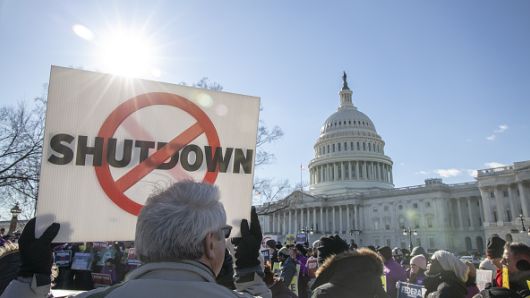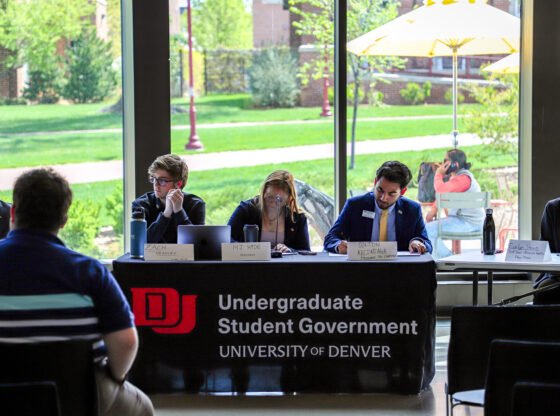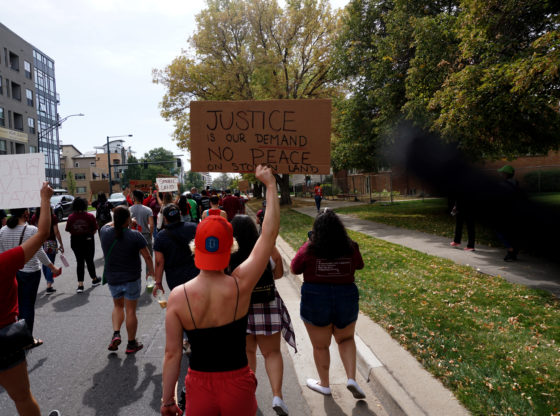On Jan. 25, President Donald Trump made an unexpected move and opened the government after the 35-day shutdown, the longest in U.S. history. The government has been partially shut down since Dec. 22, 2018 when Democrats and President Donald Trump could not pass an appropriations bill. President Trump demanded that $5.7 billion be allocated in the appropriations bill for a wall along the southern border, while Democrats were unwavering in their opposition to funding the project. As a result, nearly one million workers were furloughed, and certain governmental functions were put on hold until further notice.
But a week and a half ago Congress passed, and Donald Trump signed, a bill on the floor funding the government for three weeks. This is the first bill that the president has agreed to sign despite the many bills proposed in the month since the shutdown began. He long cited the fact that these proposals did not include $5.7 billion in wall funding which is why he, with the help of Senate Majority Leader Mitch McConnell, shot them down.
The day before he signed the stopgap measure, the president tweeted, “Nancy just said she ‘just doesn’t understand why?’ Very simply, without a Wall it all doesn’t work. Our Country has a chance to greatly reduce Crime, Human Trafficking, Gangs and Drugs. Should have been done for decades. We will not Cave!” However, the bill he did sign did not include any funding for a wall. Many pundits are claiming victory for Democrats. However, President Donald Trump did not concede and said that this is only a larger part of his strategy. He tweeted on Jan 25., “This was in no way a concession. It was taking care of millions of people who were getting badly hurt by the Shutdown with the understanding that in 21 days, if no deal is done, it’s off to the races!”
The ramifications of the partial shutdown are numerous. Government is quintessential to life in the U.S., and Americans have suffered without it. The U.S. economy lost 6 billion dollars, airports were closed, hundreds of thousands of workers were not paid for one month, federal contractors lost money and contracts that cannot be recovered and numerous others. On Feb. 15, the stopgap measure will expire and if other provisions have not been passed, the government will enter yet another partial shutdown.











